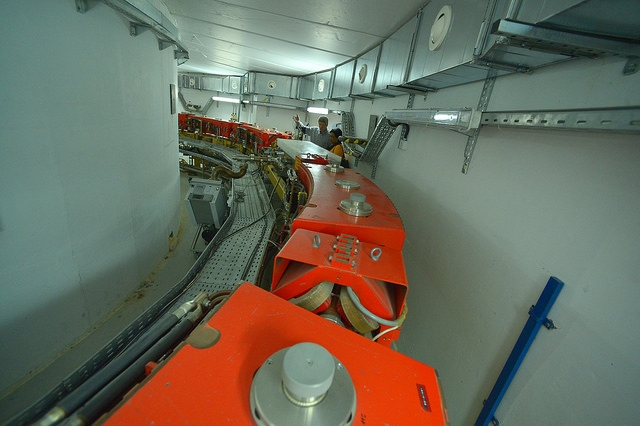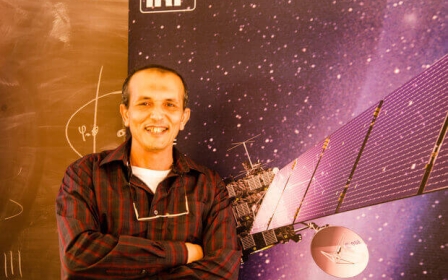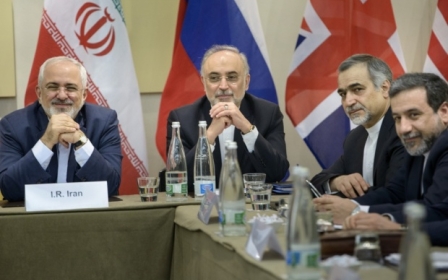Science and politics collide at launch of Middle East's CERN

The opening of a pan-Middle East research centre that brings together scientists from countries with no diplomatic relations hit a snag with Israel pulling out of the launch.
After a long journey which has included assassinations of two Iranian scientists working on the project, the SESAME centre in Jordan opened on Tuesday, despite the absence of an Israeli minister.
Science and Technology Minister Ofir Akunis told Israel Army Radio he was skipping the launch over Amman’s reaction to the killing of a Jordanian who had stabbed an Israeli police officer in occupied East Jerusalem over the weekend.
Israel and Palestine are part of the Synchrotron-light for Experimental Science and Applications in the Middle East centre, which has been over a decade in the making.
They are joined by Iran, which does not recognise Israel, and by Turkey and Cyprus, which also do not have diplomatic relations with each other.
The remaining members of SESAME, which is backed by the International Atomic Energy Agency (IAEA), are Jordan, Egypt and Pakistan.
SESAME is modelled on the Large Hadron Collider that sits under the French-Swiss border, and built by CERN, the European Organisation for Nuclear Research, according to the IAEA.
The synchrotron accelerator, which is at the heart of SESAME, uses intense light beams for advanced technical and scientific research, and will be the first of its kind in the Middle East.
Construction work on the $100m centre, which is situated in Balqa province, just northwest of Amman, started in 2003.
Speaking at the opening on Tuesday, which was attended by King Abdullah II of Jordan, IAEA director general Yukiya Amano said that the Middle East would benefit from the centre.
Combating 'brain drain'
“I have no doubt that the people of this region will derive great benefits from the advanced research in physics, chemistry, biology, environmental and earth sciences, medicine – and other subjects – that will be carried out here in the coming decades,” Amano said.
Before the launch, Khaled Toukan, chairman of the Jordan Atomic Energy Commission, said he hoped the opening of the state-of-the-art facility would encourage young scientists from the Middle East not to emigrate to find work outside of the region.
“This centre, it is hoped, will also prevent and reverse the ‘scientific’ brain drain and encourage scientists to contribute to the development of the people of the region,” he said.
As a scientific and cultural bridge between diverse societies, this centre of excellence is open to all scientists from the Middle East and elsewhere, Toukan added.
Two Iranian scientists who had been working on SESAME were killed in what the Tehran government said was the work of the Israeli secret service, according to the BBC.
The project – held under the auspices of the UN Educational, Scientific and Cultural Organisation, UNESCO – has also been supported by the EU, and largely been chaired by British physicist Professor Sir Chris Llewellyn Smith.
Stay informed with MEE's newsletters
Sign up to get the latest alerts, insights and analysis, starting with Turkey Unpacked
Middle East Eye delivers independent and unrivalled coverage and analysis of the Middle East, North Africa and beyond. To learn more about republishing this content and the associated fees, please fill out this form. More about MEE can be found here.






